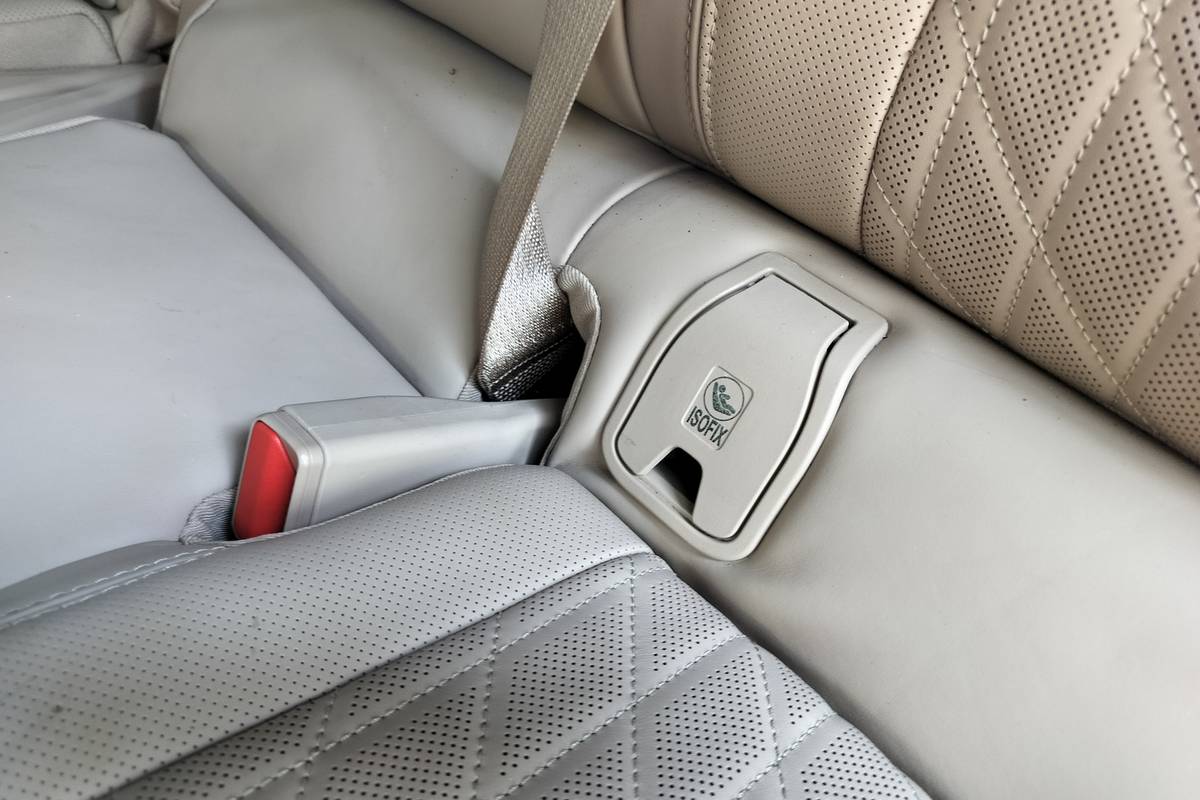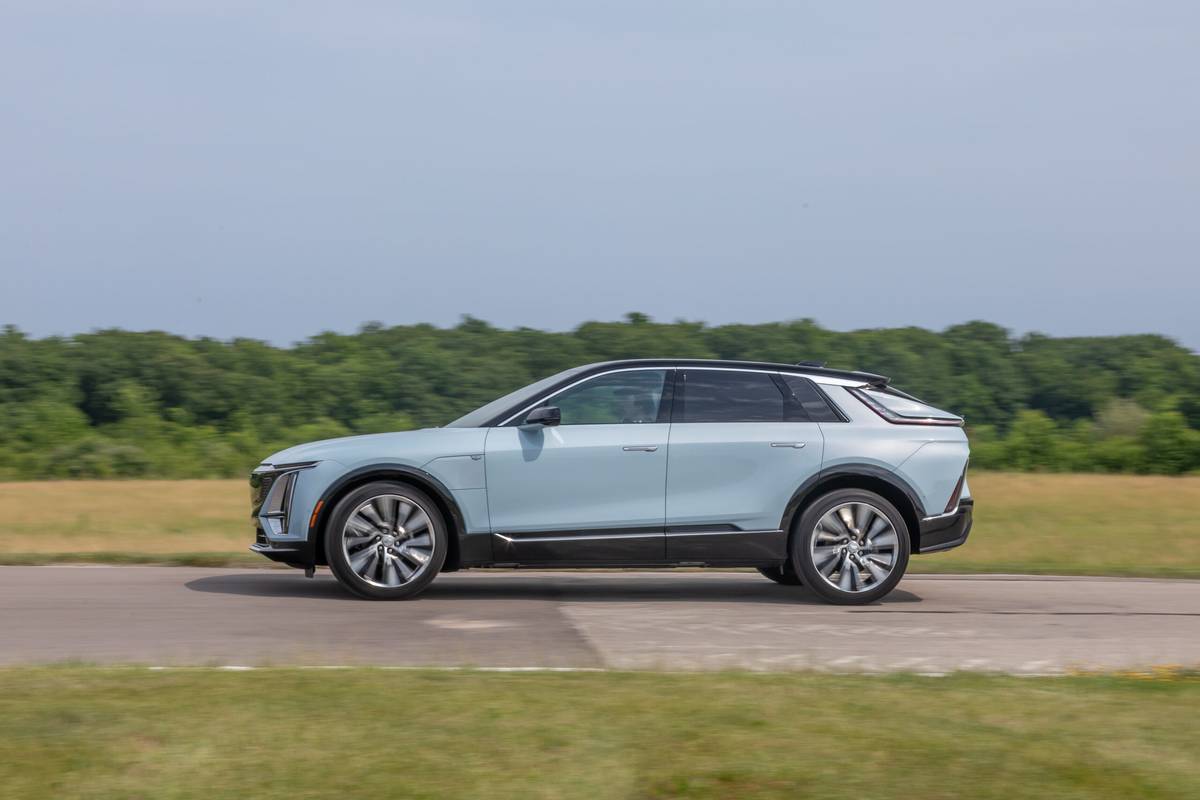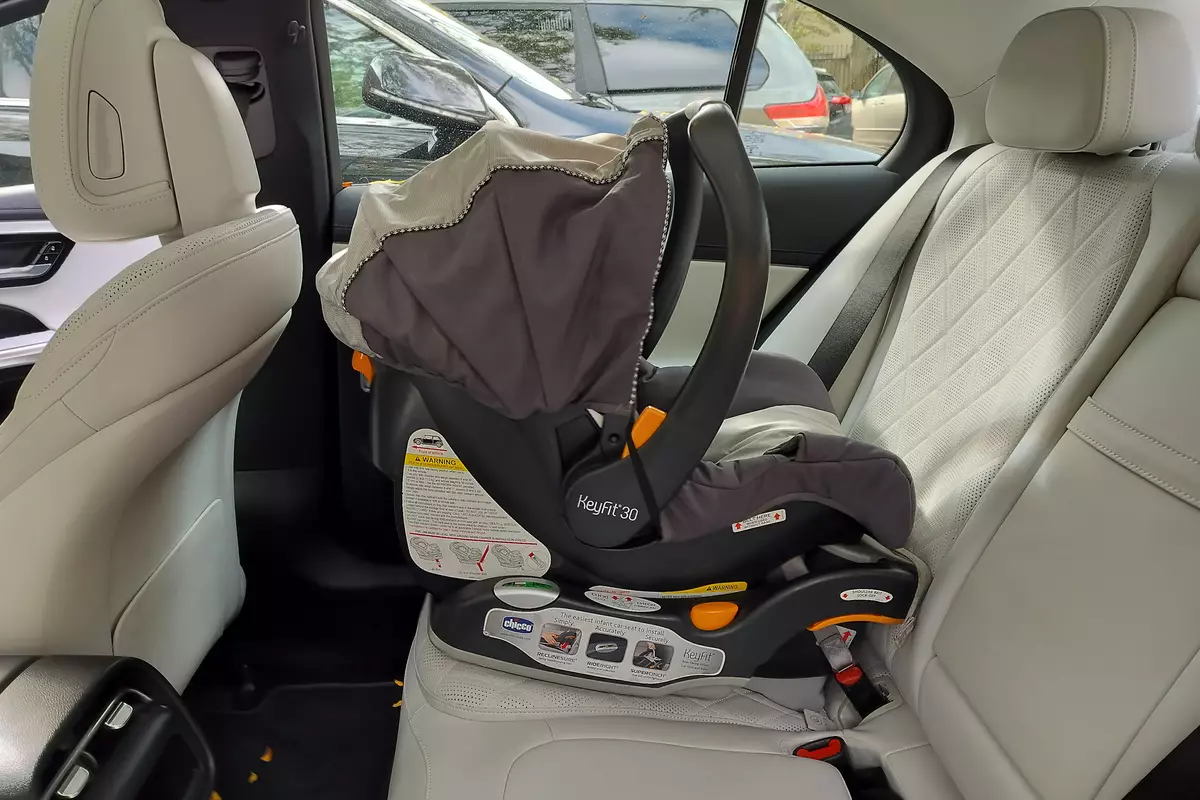chicagotribune.com's view
If you have to suffer the indignity of being labeled a villain for wasting this planet’s supply of petroleum, at least you can waste energy in style in the new-for-’03 Lincoln Navigator.
A boat?
Absolutely, because some need a boat to haul their boat–not to mention the family and friends that number up to seven.
Gulp gas?
To be sure, at the rate of 1 gallon for every 11 miles traveled in the city and 1 gallon for each 16 miles cavorting through the countryside–or roughly 80 percent less mileage than those who tiptoe around in a Honda Civic gas/electric hybrid.
But if the ’03 Navigator isn’t a shining example of waste not, it is the poster vehicle for want not.
Consider:
– Open either front door on this beast and a running board slides out from under the rocker panel to provide you with a step for easy entry. Close the door and the running board goes back into hiding, which means that when stationary running boards on other SUVs are left exposed to rain, snow and/or ice to make for slip-and-slide entry/exit, you are guaranteed sure-footedness.
– Or, press the key fob and the rear liftgate automatically opens/closes so you don’t have to set your packages on the parking-lot asphalt while opening the back to put them in the Navigator.
– And, like the Chrysler minivans that pioneered the power retractable liftgate a few years ago, should you, a loved one or someone harassing you about wasting the planet’s petroleum be hit by the closing gate, it retracts as a safety measure.
Can’t be programmed to keep from retracting when the environmentalist is underneath, however. Perhaps Gen II. By the way, those power running boards have the same retract feature when coming in contact with a person or object. Neat.
– Some of those who slip behind the wheel to navigate are going to find the gas/brake pedals quite a distance away. No fear; Navigator is a one-size-fits-all SUV. Press the button under the steering column and the power pedals move up to six inches closer to the driver so the driver doesn’t have to power the seat six inches closer to the steering column–and the air bag.
– But, perhaps the best feature is the power third-row seats. Third-row seats have become the rage in SUVs. Don’t have to use them, but have to have them.
Trouble is, when not being used to carry people, you’d like to remove them to carry cargo. But even “light” third-row seats seem to be designed by chiropractors needing gainful employment.
Honda has captivated the designer water set with a minivan seat that folds flat into the floor to increase cargo capacity.
The Lincoln folks have gone one better with Navigator, a power, folding third-row seat. Press the button along the wall in the cargo hold and left, right or both sides of the 60/40 split seats fold flat into the floor to create a massive area for luggage, groceries or bikes.
By being able to fold one side or the other, a passenger can ride with the ladder, fishing poles or skateboards alongside.
If the passenger presses the power button to lower the third-row seat he is occupying, the system is defeated.
Of course, the cargo hold becomes so massive that those items farthest inside on top of the seat backs are a considerable stretch away. No problem. Touch the power button and as the seat back starts to rise, the items on top slide toward you to make for easier reach. Works with a briefcase, though you probably wouldn’t want to try it with potted flowers.
By the way, a second set of third-seat buttons is along the left wall in the second row of seats so a passenger can acti-vate the system from inside the cabin. Neat.
To get to the third seat, second-row seats flip and fold over.
While Navigator is “all new” for ’03, you’d have to look hard to find the differences from the ’02 version–mostly a raised hood, larger grille and revised front an rear lamps.
The cabin shows Ford chief designer J Mays’ preference for a metallic finish called satin nickel on most dials, knobs and buttons, a design touch used to emphasize Lincoln refinement versus Ford ruggedness in its sister vehicle, the Expedition.
Other noteworthy items include dialup four-wheel-drive, massive stowage bins between first- and second-row seats with built-in tissue holders (if you opt for a second-row bench without center stowage bin, the middle portion can be powered forward to make it easier for parents upfront to tend to the child in that seat), a number of accessory power plugs, slide-open stowage bins in the doors, heated and cooled front seats, air ducts over all three rows of passengers and separate radio controls with earphone plugs for second-row passengers.
Speed-sensitive rack-and-pinion steering replaces the recirculating ball setup on the monster-size Navigator to deliver surprisingly quick and precise response to wheel input. You don’t expect a vehicle of this size to be as agile as some of its more petite alternatives. Still, when approaching a sharp turn at speed there’s going to be some body lean in a machine that tips the scales at more than 6,000 pounds.
Navigator is powered by the same 5.4-liter, 300-horsepower, 32-valve V-8 from ’02. With 355 foot-pounds of torque, there’s plenty of power to cruise or climb or tow up to 8,500 pounds, but remember at 11 or 16 m.p.g., you have only 28 gallons to perform those tasks before visiting the pump.
When it comes to safety, standard features in the top-of-the-line Navigator Ultimate we tested include AdvanceTrac, Ford’s stability-control system; four-wheel anti-lock brakes; dual-stage front air bags with an inflatable side safety canopy (some would call them curtains) for protection in side impacts or rollovers (sensors detect roll and keep the canopy inflated longer); Park Assist, where sensors set off bleeping in the cabin when you back up too close to person or object behind; and 18-inch radials tires.
Later this year, the stability control will incorporate a sensor that can detect a potential rollover based on how much and how fast the vehicle is leaning and activate the ABS on the wheels on the outside of the turn to restore stability.
And in reaction to those who argue SUVs sit too high versus everything else on the road, the front bumper rests a couple inches lower and the bumper beam was enlarged to make the front-end height more compatible with those other vehicles.
Base price of the top-of-the-line ’03 Navigator Ultimate with 4WD is $54,210. Add $1,495 for a power moonroof; $1,995 for a navigation system that went unused because too much time was spent playing with the power folding seats; $925 for the running boards, which are an option in the Ultimate though power folding seats and retractable tailgate are standard; and $740 for freight.
Latest news



